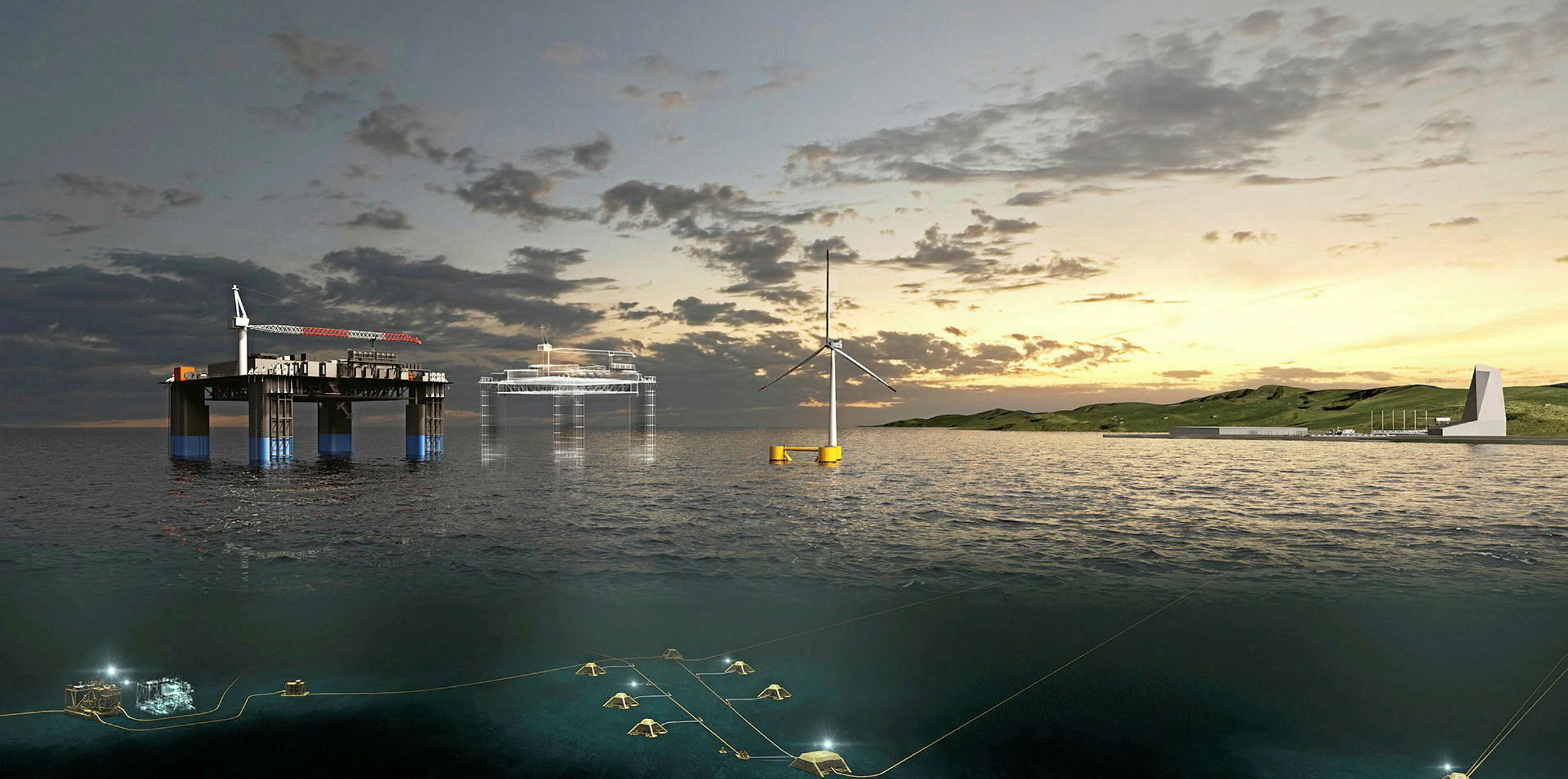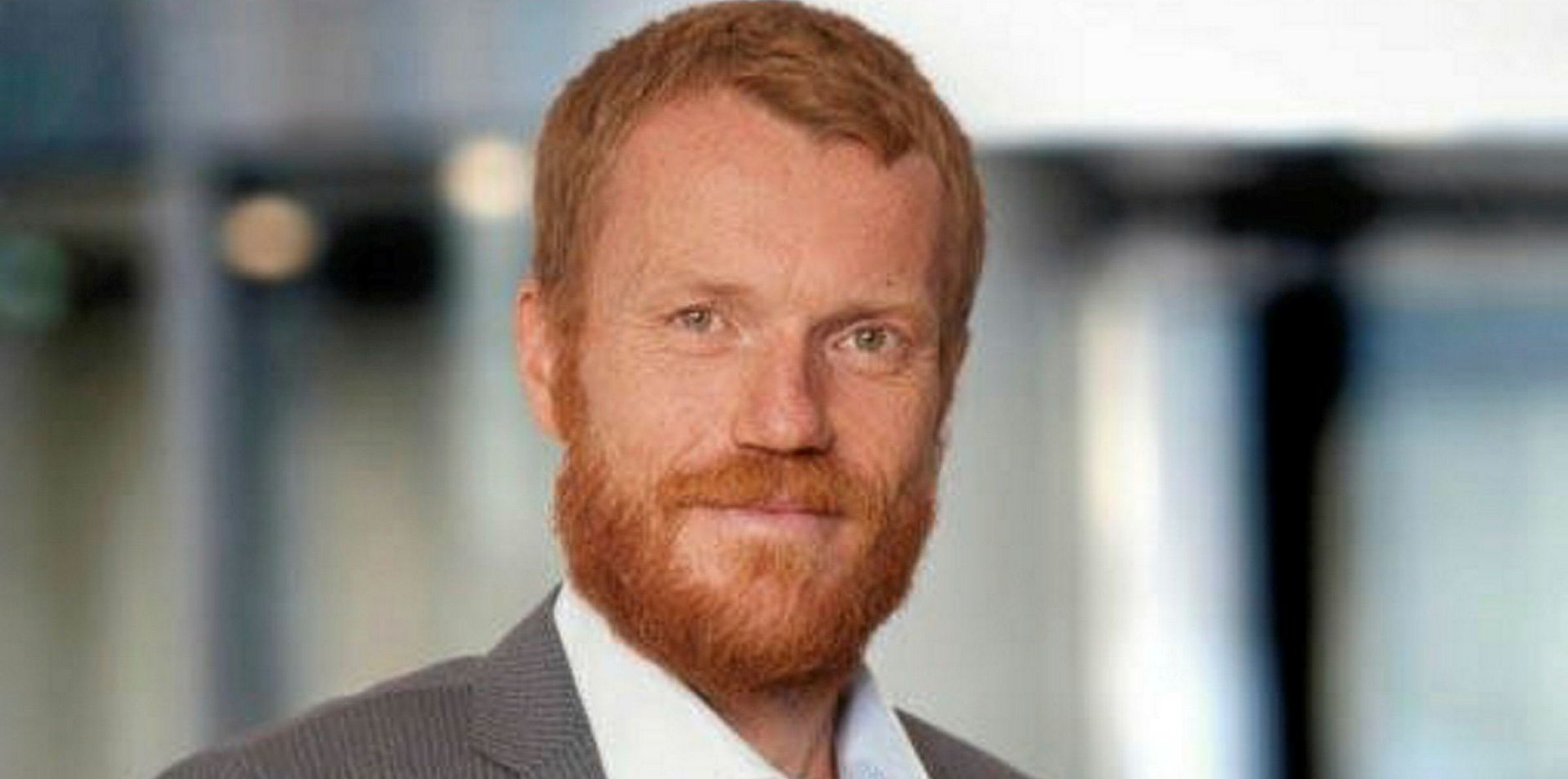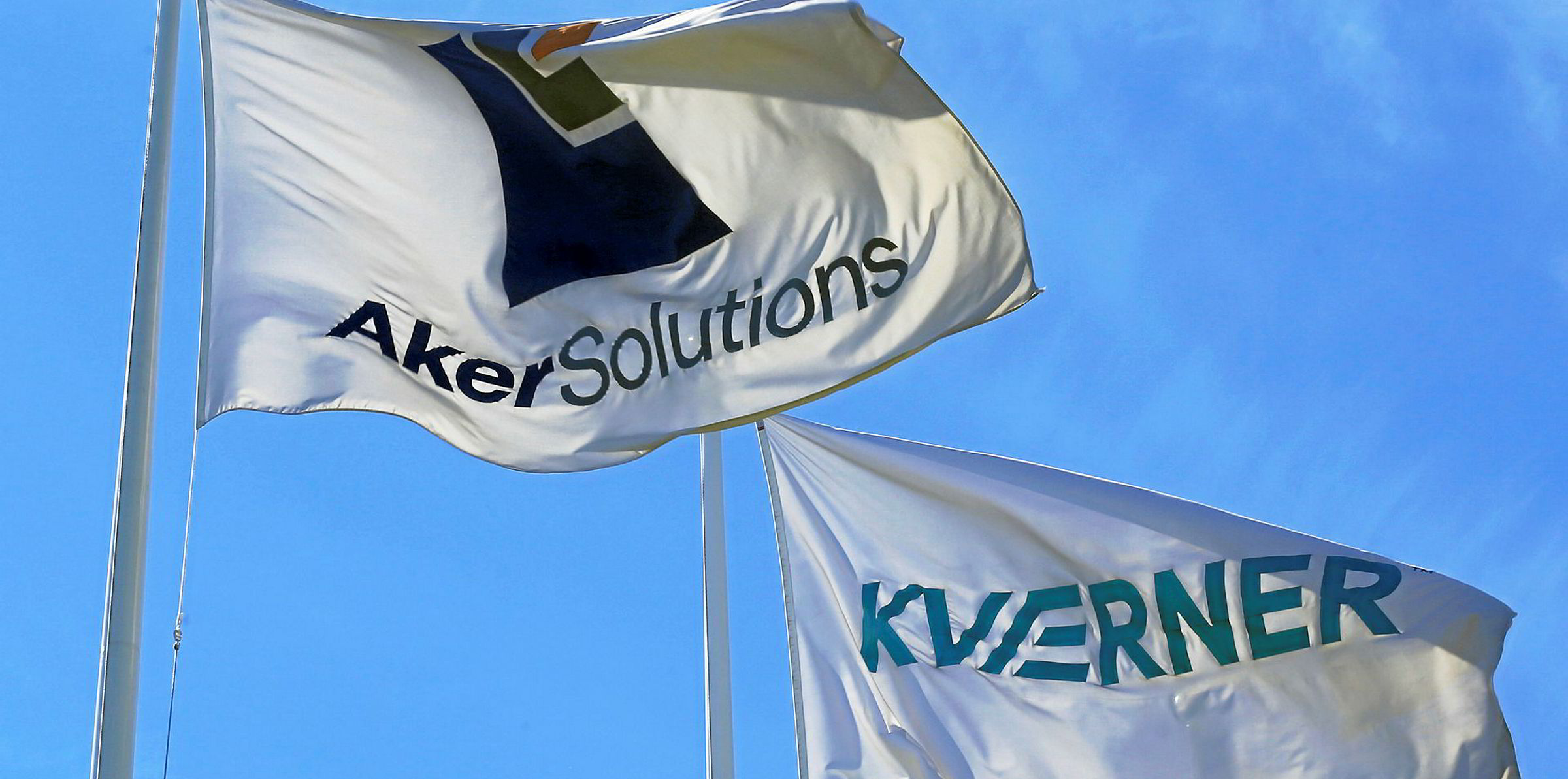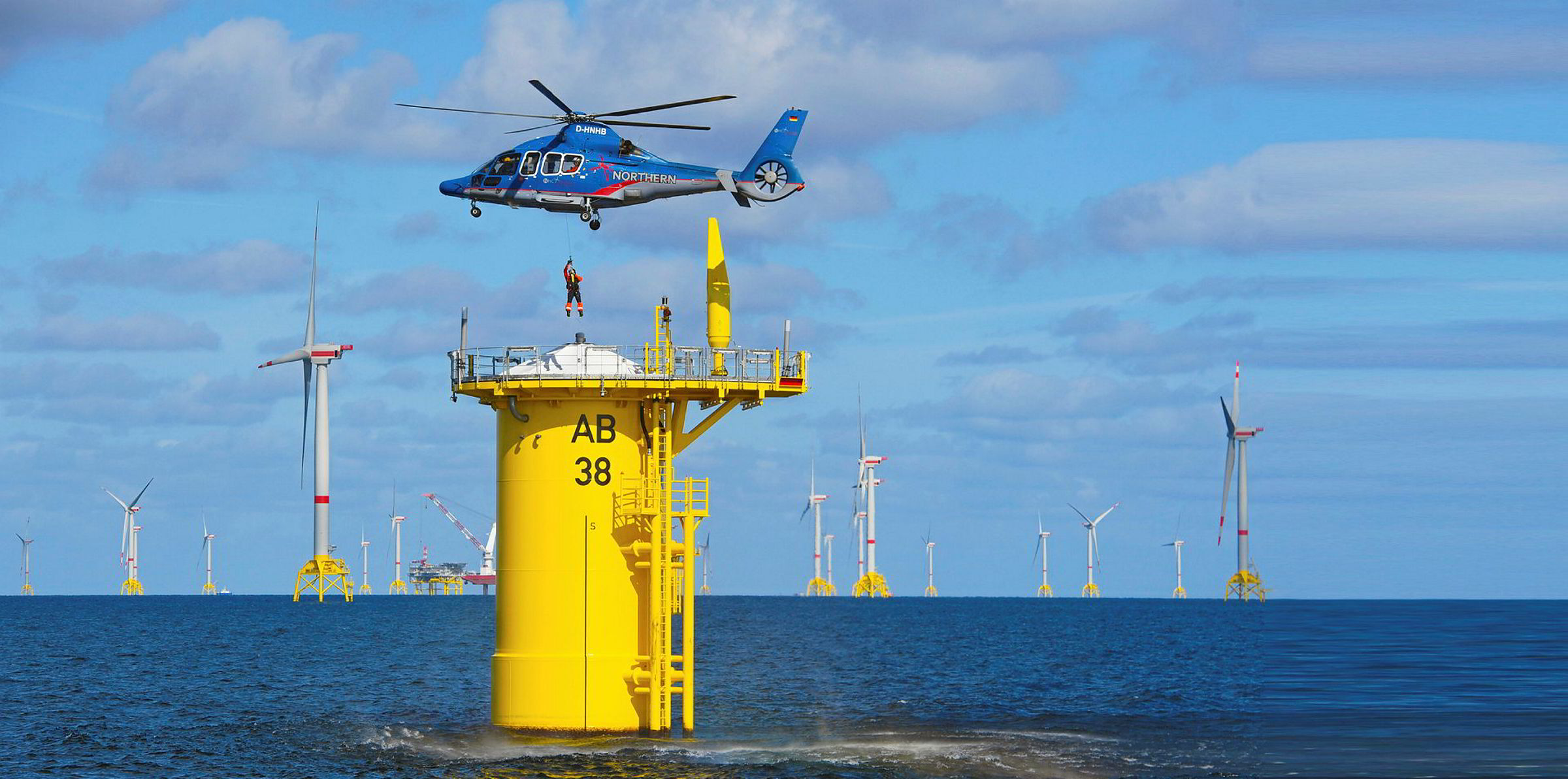Aker Solutions aims to bring into operation a plethora of floating wind projects within the next decade in the North Sea, the US and South Korea, while at the same time capitalising on the “huge” earnings potential it sees in the carbon capture market, via the spin-off of a pair of new energy business units launched under the Aker Futures banner.
The Norwegian contractor has set out its stall for prospective investors ahead of proposed stocklistings on the Merkur market of the Oslo bourse for Aker Offshore Wind (AOW) and Aker Carbon Capture (ACC) to raise fresh funds for capital-intensive investments in the renewables and low-carbon sphere.
AOW aims to spearhead a “fourth revolution” in renewable energy with development of deep-water wind to drive down fabrication and installation costs, and so cut electricity prices as part of the energy transition, in the same manner as onshore wind, solar and shallow-water wind, according to a company presentation today (Thursday).
The company intends to translate its lofty ambitions into hard cash through investment in a pair of floating wind projects off the US West Coast and South Korea that are targeted for start-up within the next six years.
The up-to-150MW Redwood Coast project off California is set for a final investment decision in the second quarter of 2024 and due for commercial operation by the end of 2025 under a partnership with OceanWinds — the recently formalised joint venture between Engie and EDPR — as the US state targets renewable electricity generation of 60% by 2030 and carbon neutrality within 2045.
AOW also owns a 30.6% stake in South Korean consortium KF Wind that has secured three development sites for floating wind projects off the industrial city of Ulsan, with a final investment decision on an initial 500MW scheme targeted for the first quarter of 2024 and commercial operations by the end of 2026.
The Southeast Asian country wants to develop 12GW of offshore wind by 2030 to boost the share of renewables in its energy mix to 20% by then.
Furthermore, the company — backed by the Oslo-listed Aker ASA group — intends to bring to fruition the prospective Vestavindar and Sonnavindar wind projects off Norway in the Utsira North and southern North Sea 2 areas, respectively, that were recently opened for licensing by the government.
The two projects, with combined capacity of 1.7GW in areas with potential capacity of 4.5GW, are set to be up and running between 2026 and 2029 following expected sanction in the first quarter of 2024, with licence awards due early next year.
AOW sees its home turf of Norway as ripe for development of floating wind to electrify oil and gas installations to curb carbon dioxide emissions, given the limitations of power-from-shore supplies, while also giving it a vital springboard to develop technology for the wider global market.
In addition, the company has prospects lined up off Scotland with capacity upwards of 500MW targeted for operation by around 2030 as the upcoming ScotWind leasing round this year aims to provide 10GW in new installed capacity.
More widely, it sees opportunities to develop floating wind off Japan, Vietnam, France and Italy as part of national efforts to boost renewable energy to cut emissions in line with the Paris climate accord.
The company, which will both develop and operate floating wind projects, sees “virtually unlimited potential” for deep-water wind in water depths beyond 60 metres that is seen as a more effective renewables source, with relatively high capacity factors of 50%-60%, compared with 45%-50% for offshore bottom-fixed wind.
“Early movers in offshore wind have historically created the most value and this is the role we are now taking in deep-water wind,” chief executive Astrid Onsum told a recent presentation in connection with the spin-off and associated merger of Aker Solutions with affiliate Kvaerner.
“We have seen overwhelming growth over the past two years in deep-water prospects and market forecasts continue to point to exponential growth for this segment.”
The company has access to proven floating wind turbine technology through a 20.4% ownership stake in Principle Power, which is a partner in the world’s first such installation now installed at the WindFloat Atlantic project off Portugal and is seen as a gateway for further similar schemes.
It is also harnessing the engineering and fabrication expertise of Aker Solutions, mainly in construction of floating foundations, jackets and sub-stations, through a tie-up that will provide valuable renewables work for the latter amid an oil and gas market slump.
Similarly, the contractor will piggyback on work secured by ACC, for which Aker Solutions has lined up five-year global frame agreements to provide engineering, procurement, fabrication and other services for carbon capture, utilisation and storage (CCUS) projects.
ACC now sees a project pipeline of over $16bn— representing a three-fold growth over the past year or so — with about 5,200 industrial plants worldwide that are required to cut emissions to become carbon neutral towards a goal of reducing CO2 emissions by 2400 million tonnes a year by 2040.
It has identified 18 projects for use of its carbon-capture technology, including the Norcem cement factory in Norway and Twence waste-to-energy facility in the Netherlands for which Aker Solutions has already secured awards.
The Norcem scheme, which is waiting on expected sanction from the Oslo government this autumn, is part of the Equinor-led Northern Lights project that is one of eight CCUS schemes in the works in Northern Europe.







